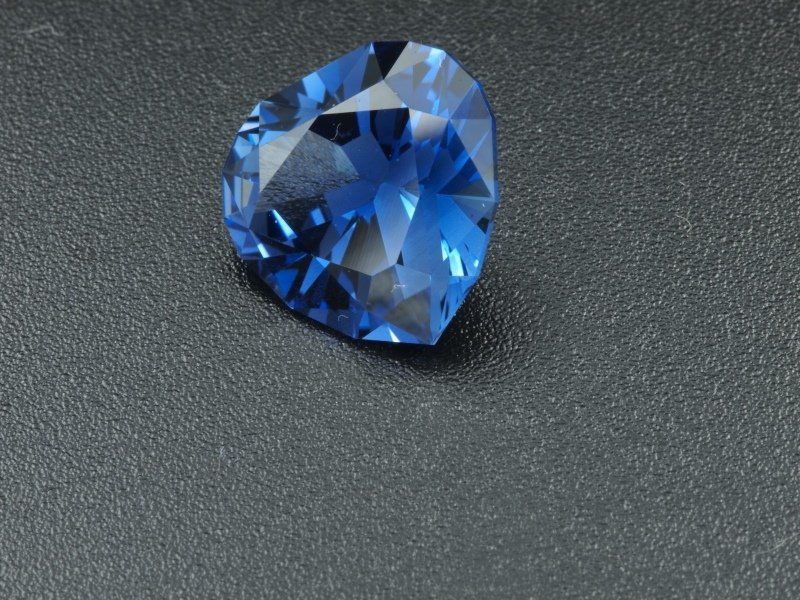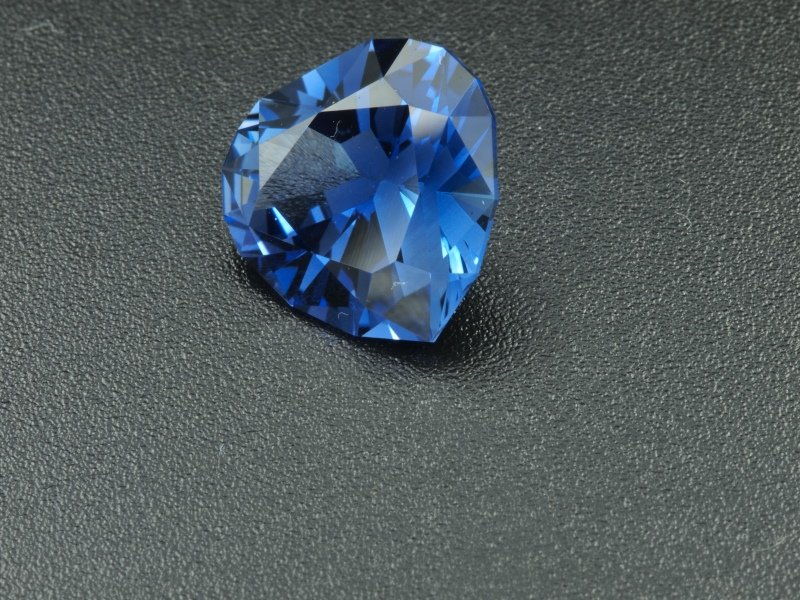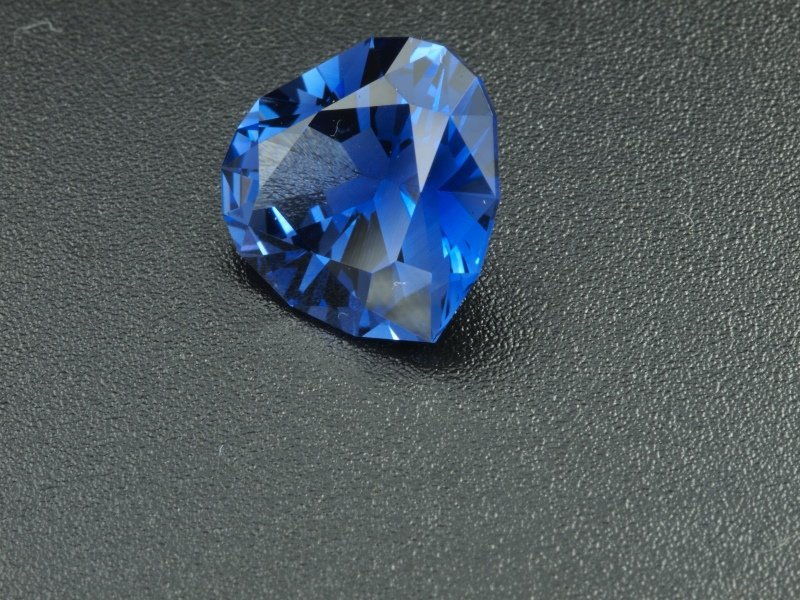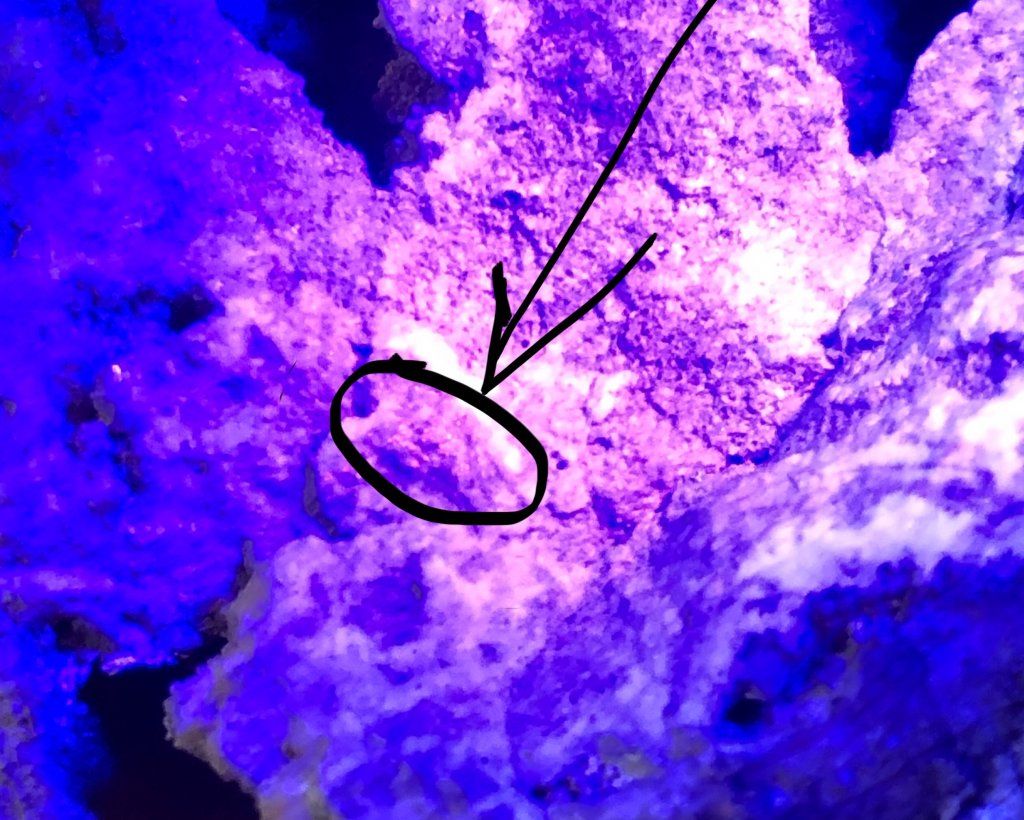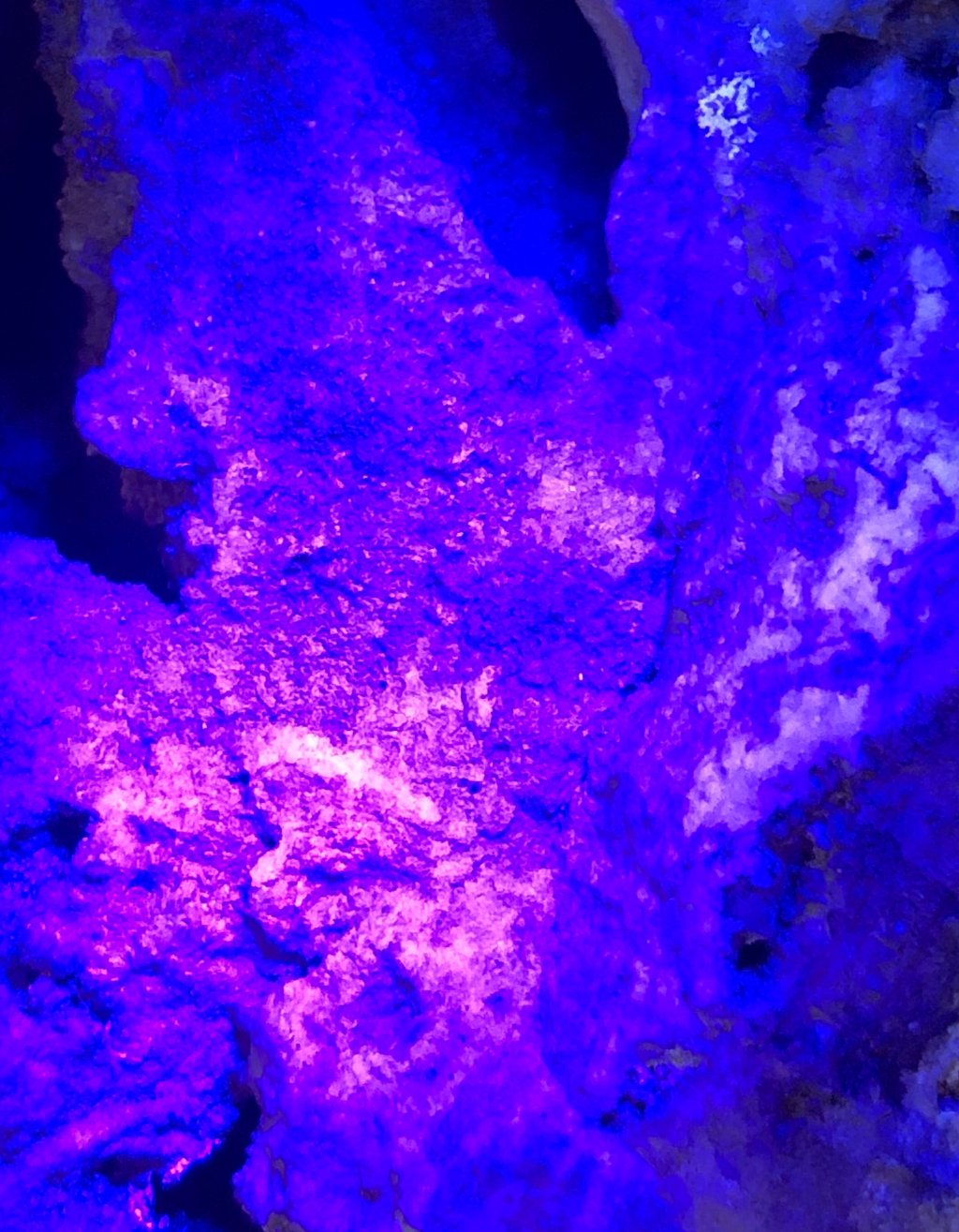Zan77 said:Hi
I am wondering if anyone is based in Perth or Cairns to help me photograph some gemstones I have. I have tried a variety of set ups but can't seem to get a clear focus in the stone.
I would suggest putting up one of your images and giving a description of your set up. Then they have a base line. :Y:




